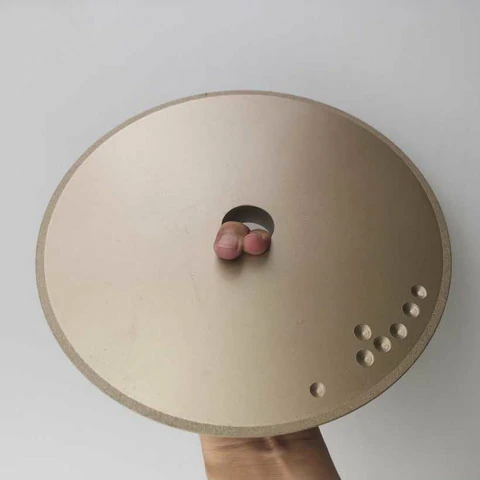6 problems that can not be ignored in tool and cutter grinding

In the field of tool and cutter grinding, there are several critical problems that cannot be overlooked. Addressing these issues is essential for achieving high-quality results, improving efficiency, and ensuring the safety of the grinding process. In this article, we will explore six key problems that demand attention in tool and cutter grinding, along with potential solutions to overcome these challenges.
The Importance of Precision Grinding
One of the primary concerns in tool and cutter grinding is the need for precision. Achieving precise dimensions, surface finish, and geometries is crucial for the performance and longevity of cutting tools. Even minor deviations from the required specifications can lead to reduced tool life, poor cutting performance, and increased scrap rates. Therefore, maintaining tight tolerances and high precision throughout the grinding process is paramount.
Grinding Wheel Selection and Dressing
The choice of grinding wheel and proper dressing techniques play a significant role in the quality and efficiency of tool and cutter grinding. Selecting the right grinding wheel based on the material properties, desired surface finish, and grinding parameters is essential. Improper wheel selection can result in excessive heat generation, poor surface quality, and accelerated wear on the cutting edges. Additionally, regular dressing of the grinding wheel is vital to maintain its sharpness and geometric integrity, ensuring consistent and effective material removal.
Heat Management and Coolant Application
Heat management is a critical aspect of tool and cutter grinding, as excessive heat can lead to thermal damage, changes in material properties, and dimensional inaccuracies. Effective coolant application and proper heat dissipation mechanisms are necessary to control temperature during the grinding process. Inadequate cooling can result in workpiece deformation, residual stresses, and reduced tool life. Therefore, optimizing coolant flow, pressure, and selection is essential for managing heat and ensuring the integrity of the machined components.
Workpiece Fixturing and Stability
The stability and secure fixturing of the workpiece during grinding operations significantly impact the accuracy and surface finish of the machined parts. Inadequate workholding can lead to vibrations, deflection, and poor dimensional control, ultimately affecting the quality of the finished tools. Proper fixturing design, clamping forces, and vibration damping measures are crucial for enhancing stability and reducing the occurrence of machining errors.
Tool Grinding Process Automation and Monitoring
With the advancement of technology, integrating automation and real-time monitoring systems into tool and cutter grinding processes can offer numerous benefits. Automation can enhance productivity, repeatability, and consistency while reducing operator intervention and setup times. Additionally, implementing monitoring systems for vital parameters such as grinding forces, temperature, and tool wear can enable proactive maintenance and process optimization, leading to improved overall performance and cost savings.
Operator Training and Skill Development
Finally, the expertise and proficiency of the operators involved in tool and cutter grinding cannot be overlooked. Comprehensive training programs and skill development initiatives are essential to ensure that the operators possess the necessary knowledge and capabilities to perform complex grinding tasks accurately and efficiently. Equipping the workforce with the right skills and understanding of the grinding equipment, tooling, and process parameters is crucial for maintaining consistently high-quality standards and achieving operational excellence.
In conclusion, addressing the aforementioned problems in tool and cutter grinding is imperative for achieving optimal results and maximizing the efficiency of the grinding process. By focusing on precision grinding, proper wheel selection, heat management, workpiece fixturing, automation, and operator training, manufacturers and grinding professionals can overcome these challenges and elevate the quality, consistency, and reliability of their tool and cutter grinding operations.
.webp)






